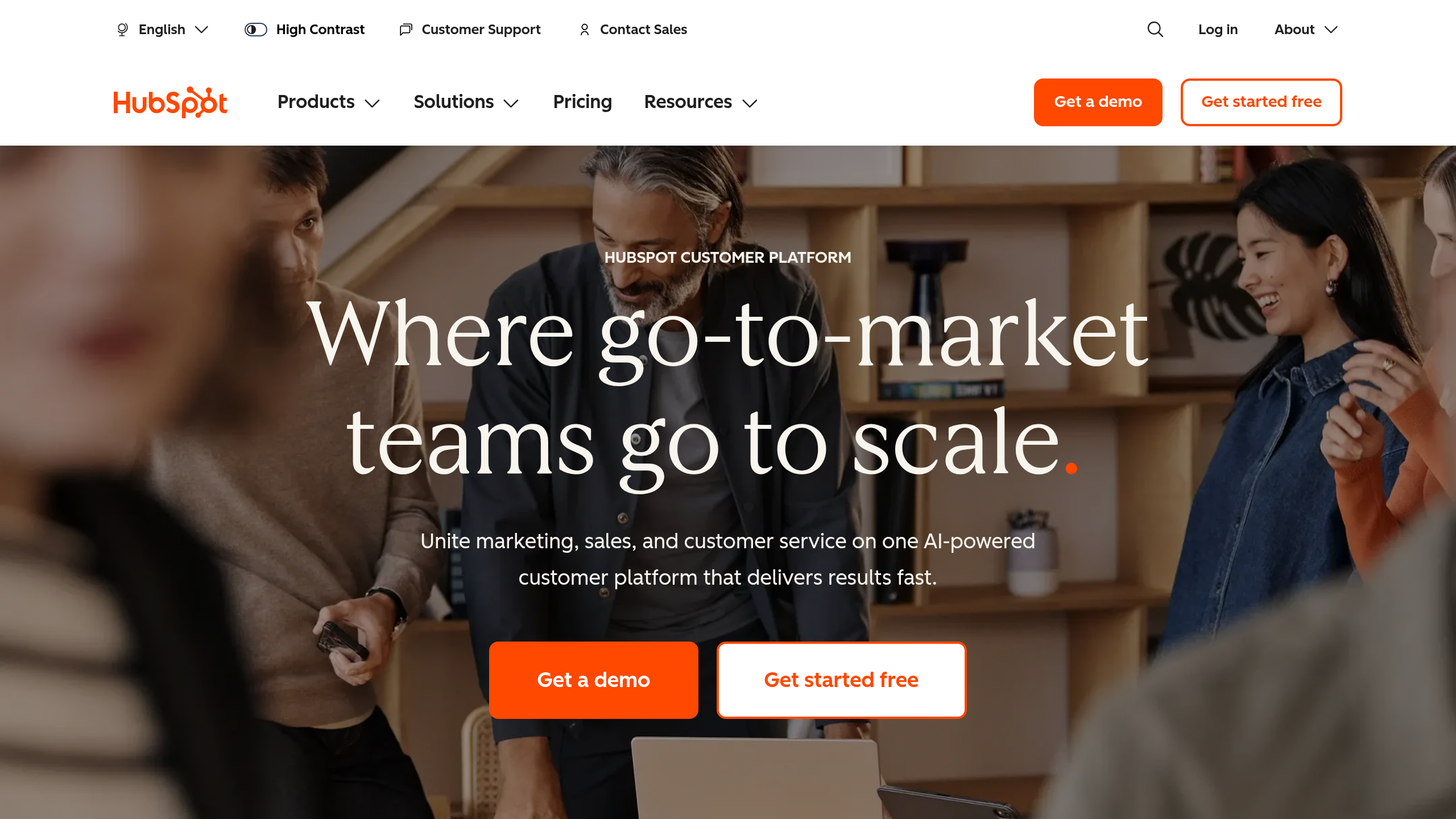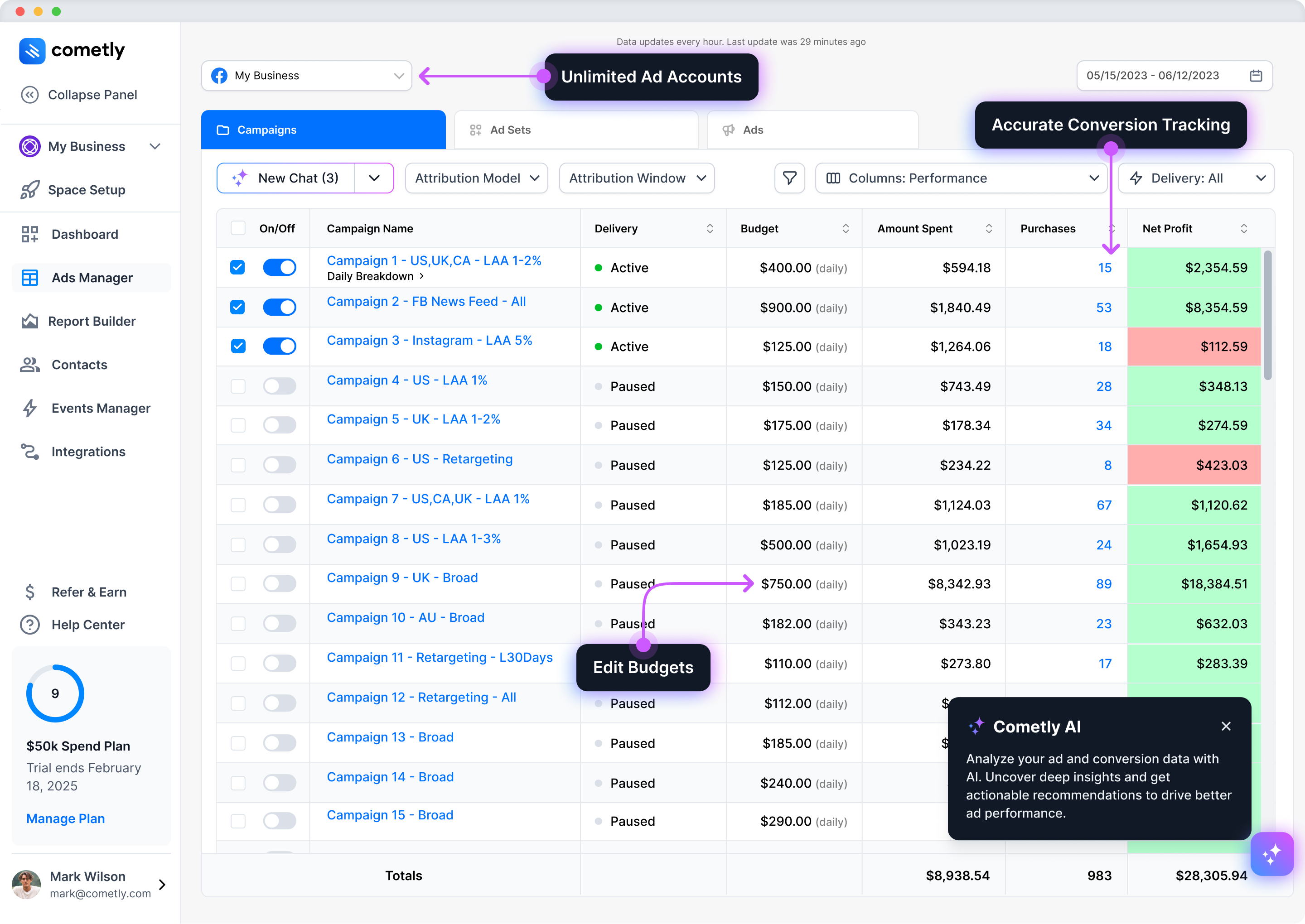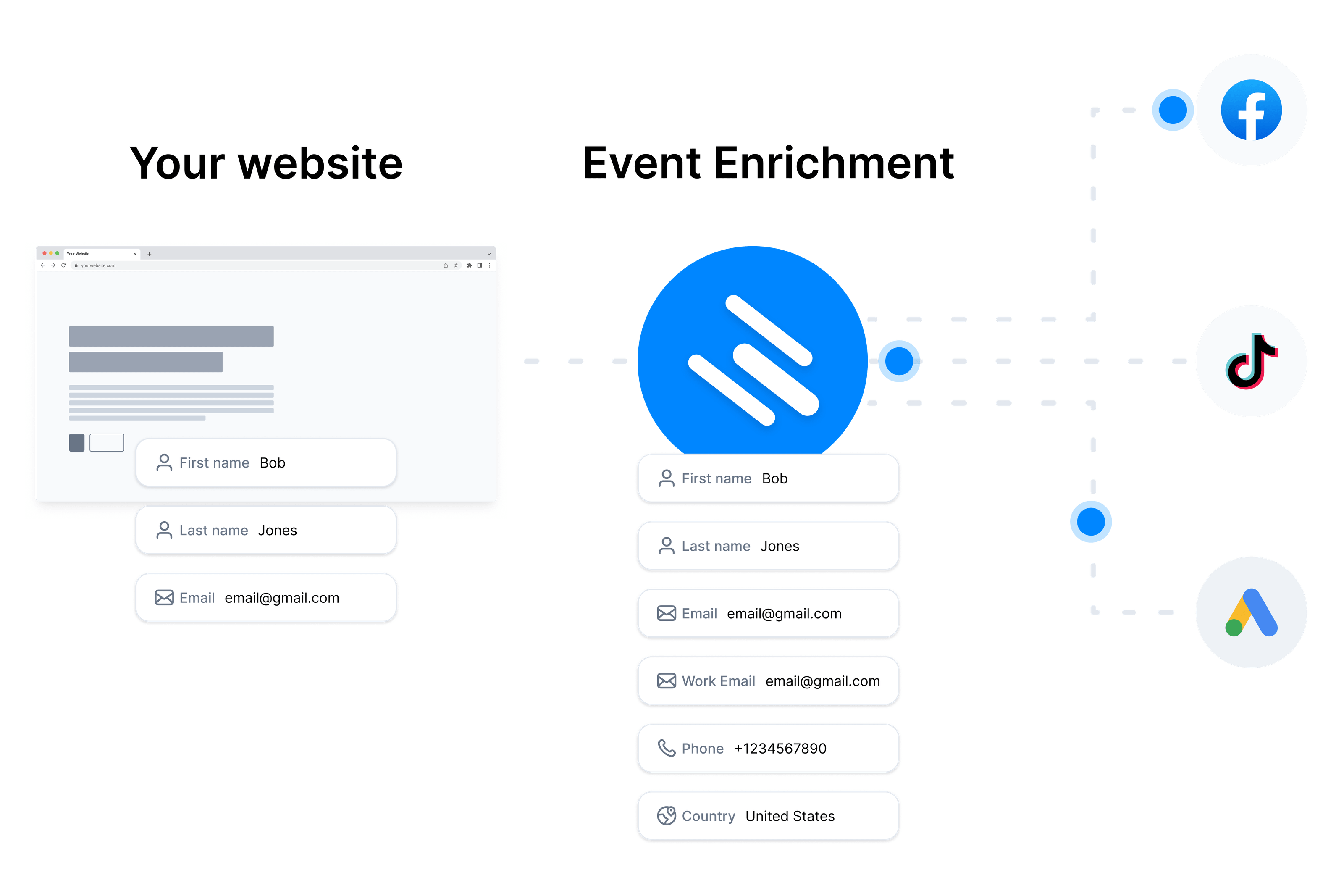In the ever-evolving landscape of marketing technology, Cometly and HubSpot Marketing Hub stand out as two exceptional solutions tailored to meet the diverse needs of businesses. While both platforms excel in their respective areas, they serve different purposes that can significantly impact how organizations approach their marketing strategies. This article will delve into a comprehensive comparison of Cometly and HubSpot, exploring their unique strengths, functionalities, and how they can complement each other in achieving marketing success. Whether you are looking for precise attribution and analytics or a robust marketing automation and CRM system, both Cometly and HubSpot offer valuable tools to enhance your marketing efforts.
Both Cometly and HubSpot Marketing Hub play vital roles in the marketing technology landscape, yet they cater to different needs and functions within marketing strategies.
Cometly is dedicated to providing real-time marketing attribution and analytics, enabling businesses to optimize ad performance with precision. This platform offers insights into which advertising efforts—be it ads, campaigns, or channels—are most effective in driving leads and revenue, allowing users to make informed decisions to enhance successful initiatives.

HubSpot Marketing Hub, on the other hand, serves as a comprehensive marketing automation and CRM solution. It facilitates the management of campaigns, lead capture, contact nurturing, and the automation of customer journeys across various platforms, including email, web, and social media.

Key Distinction:
While HubSpot focuses on executing marketing campaigns, Cometly emphasizes measuring their effectiveness and enhancing return on investment (ROI). Essentially, HubSpot drives marketing activity, whereas Cometly provides the insights needed to understand and improve that activity. For more on how these platforms can work together, check out our insights on integrations and marketing automation.
This is where Cometly dominates.
Result: You get accurate, high-fidelity attribution data even when third-party cookies are blocked.
Result: You get decent funnel attribution, but it’s less accurate for paid media and cross-domain journeys.
High-impact takeaway:
If ad accuracy and attribution fidelity matter, Cometly wins by a large margin. HubSpot is sufficient for basic journey visualization but struggles under modern privacy constraints.
Tracking accuracy is crucial when running large ad campaigns, as it directly impacts the ability to measure performance, optimize spending, and ultimately drive return on investment (ROI). In the context of substantial advertising expenditures, even small discrepancies in tracking can lead to significant financial implications. Accurate tracking ensures that every dollar spent on advertising is accounted for, allowing businesses to identify which campaigns and channels yield the best results.
When organizations run large-scale ad campaigns, they often utilize multiple platforms, each with its own tracking mechanisms. Inaccuracies can arise from factors such as cross-domain tracking issues, browser restrictions, or ad blockers, leading to incomplete or misleading data. For instance, if a company fails to accurately attribute conversions to the right ads, it may continue investing in underperforming channels while neglecting those that drive actual sales.
Additionally, precise tracking allows marketers to make real-time adjustments to their campaigns. With accurate data, businesses can identify trends and anomalies, such as an ad’s sudden drop in performance, enabling them to react quickly to optimize their ad spend. This agility is especially important in competitive markets where timely decisions can lead to a significant advantage.
Moreover, accurate tracking contributes to better customer insights. Understanding how consumers interact with ads across various touchpoints helps businesses refine their targeting strategies and improve overall customer engagement. This holistic view of the customer journey is essential for crafting personalized experiences that resonate with potential buyers.
In summary, the importance of tracking accuracy in large ad campaigns cannot be overstated. It enables organizations to allocate resources effectively, optimize performance, and enhance customer understanding, ultimately leading to more successful marketing outcomes.
Essentially: Cometly connects what you spend to what you earn with real-time feedback loops.
Essentially: HubSpot lets you manage and attribute ads, but it’s not built to optimize them.
High-impact takeaway:
For companies spending heavily on paid media, Cometly provides actionable insight loops that drive higher ROI. HubSpot gives you visibility but not optimization.
Marketers use it to identify which touchpoints truly drive conversions.
It works for broad storytelling but not for optimizing budgets at the campaign or ad level.
High-impact takeaway:
Real-time tracking matters when you’re optimizing ad spend daily or hourly.
HubSpot’s latency makes it more suited to campaign retrospectives, not live adjustments.

High-impact takeaway:
Cometly = performance dashboards.
HubSpot = marketing & CRM dashboards.
Different purposes, different layers of insight.

High-impact takeaway:
Cometly’s Conversion API system directly improves ad platform learning — a real financial benefit HubSpot can’t replicate.
High-impact takeaway:
Cometly’s AI is data-driven and focused on ad performance.
HubSpot’s AI is content-driven and focused on marketing efficiency.
Business TypeBetter With CometlyBetter With HubSpotE-commerce / DTCTracks every sale and ad event in real time; improves ROAS via CAPIUseful for post-purchase emails and automationB2B SaaS / Sales-LedMaps long journeys, connects CRM deals to ad clicksGreat for nurturing, sales pipeline, and CRM workflowsAgenciesMulti-client workspaces, attribution reporting, campaign optimizationClient management, communication, marketing opsEnterprise Marketing TeamsCross-channel visibility and performance accountabilityDepartmental collaboration and data warehousingMedia Buyers / Performance MarketersReal-time optimization, ad-level ROILead scoring, nurturing, and CRM syncing
High-impact takeaway:
Cometly is for performance-driven teams; HubSpot is for operations-driven teams.
High-impact takeaway:
Cometly delivers enterprise-grade attribution without the enterprise price.
HubSpot is cost-effective for small teams but quickly becomes expensive for growing databases.
High-impact takeaway:
Cometly = flexibility and interoperability.
HubSpot = convenience and lock-in.
High-impact takeaway:
Cometly setup = hours.
HubSpot setup = days to weeks.
In conclusion, the choice between Cometly and HubSpot Marketing Hub ultimately depends on the specific needs and objectives of your organization. Cometly shines with its advanced tracking capabilities, real-time data insights, and robust attribution models, making it an ideal solution for businesses focused on optimizing ad performance and maximizing return on investment. Its ability to provide detailed visibility into every touchpoint of the customer journey allows marketers to make informed decisions and adapt strategies on the fly.
On the other hand, HubSpot serves as a comprehensive marketing automation and CRM platform that excels in managing customer relationships, nurturing leads, and executing marketing campaigns across multiple channels. Its strengths lie in facilitating seamless communication between sales and marketing teams and automating workflows, making it a valuable tool for organizations prioritizing operational efficiency and customer engagement.
For many businesses, leveraging both Cometly and HubSpot in tandem can yield significant benefits, combining the strengths of precise attribution with powerful marketing automation. By understanding the unique capabilities of each platform, organizations can tailor their marketing strategies to drive better results, enhance customer experiences, and ultimately achieve their business goals.
Learn how Cometly can help you pinpoint channels driving revenue.
.svg)
Network with the top performance marketers in the industry